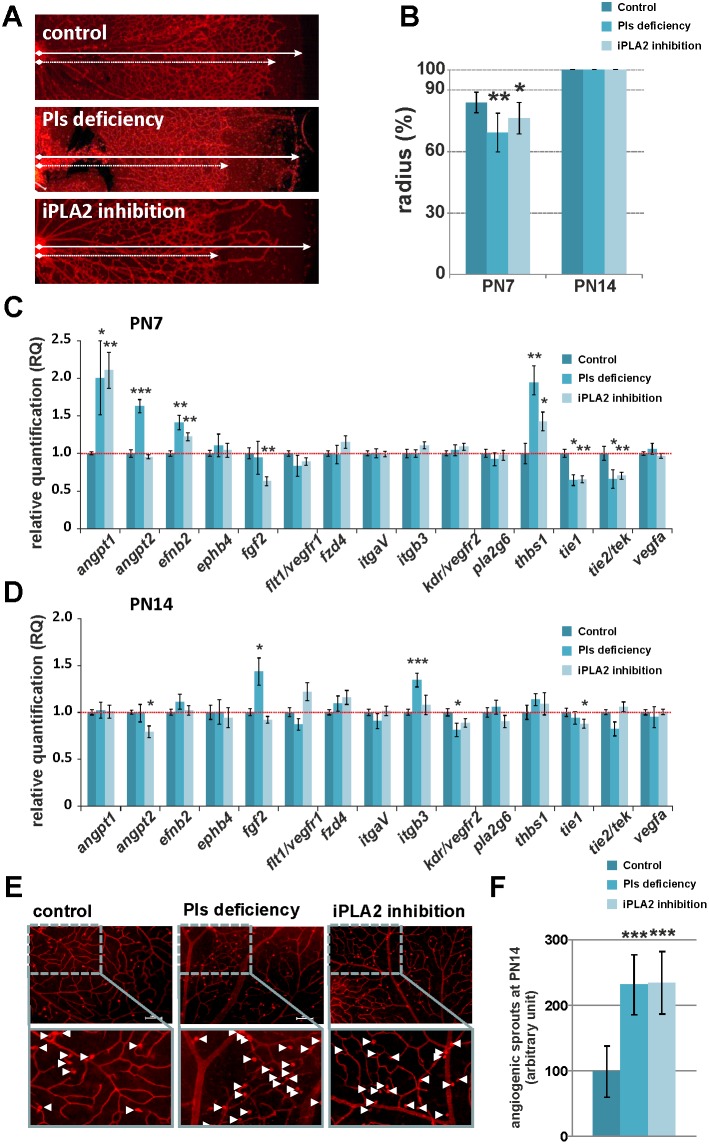Figure 2. Temporarily delayed outgrowth and increased retinal angiogenic activity in Pls-deficient and iPLA2-inhibited animals.
A. Representative fluorescence microscopy pictures of isolectin-B4-labelled (ILB4) endothelial cells on retinal whole mounts of control, Pls-deficient and iPLA2-treated mice at PN7. Dashed and solid arrows indicate the outgrowth distance and the retinal radius, respectively. B. Quantitative analysis of retinal outgrowth represented by the ratio (%) of outgrowth distance (l) to retinal radius length (L) from the optic nerve to the retinal periphery (R = l/L×100). A delay in retinal vascular outgrowth was observed in Pls-deficient mice and iPLA2-inhibited mice at PN7 (n = 6–18 per group) but not at PN14 (n = 6–10 per group). *: statistically significant difference when compared to control group (Kruskal-Wallis test, P<0.05); **: statistically significant difference when compared to control group (Kruskal-Wallis test, P<0.01). C. and D. Transcriptional analysis of angiogenic factors in retinas of control, Pls-deficient and iPLA2-inhibited mice (n = 6–8 per group) at PN7 (C.) and PN14 (D.). The relative expression of angiogenic genes was normalized to gusb, hprt and b2m genes and compared to control levels (set as 1). Pls-deficient and iPLA2-treated mice displayed fluctuations in the expression of genes encoding for pro- and anti-angiogenic proteins that were related to vascular phenotype. *: Statistically significant difference when compared to control group (Student’s t-test, P<0.05); **: statistically significant difference when compared to control group (Student’s t-test, P<0.01); ***: statistically significant difference when compared to control group (Student’s t-test, P<0.001). E. Representative pictures of ILB4-labelled retinal wholemounts showing angiogenic sprouts (arrowheads) in control, Pls-deficient and iPLA2-inhibited mice at PN14. F. Quantitative evaluation of angiogenic sprouts in retinas of control, Pls-deficient, and iPLA2-inhibited mice at PN14 (n = 10–12 per group). The number of angiogenic sprouts was significantly increased in mice deficient in Pls and in animals displaying a chemical inhibition of iPLA2 when compared to control mice (set as 100), suggesting greater sprouting activity. ***: Statistically significant difference when compared to control group (Kruskal-Wallis test, P<0.001).

